In 1975, Martha Moxley was found in her own backyard with a golf club sticking out of her neck. A pair of Kennedy nephews were the prime suspects — but their guilt remains hotly debated to this day.
The murder of 15-year-old Martha Moxley has been one of the most captivating crimes in modern American history, in part because it took 27 years to convict someone of the crime.
But it’s also become a notorious note in the nation’s criminal history because that convict was Michael Skakel, a member of “America’s Royal Family,” the Kennedys.
In 1975, Moxley wrote in her diary about then-15-year-old Skakel, who was her neighbor, and that she “needed to stop going over there.” She was found bludgeoned and stabbed to death with a golf club in her backyard months after writing this.
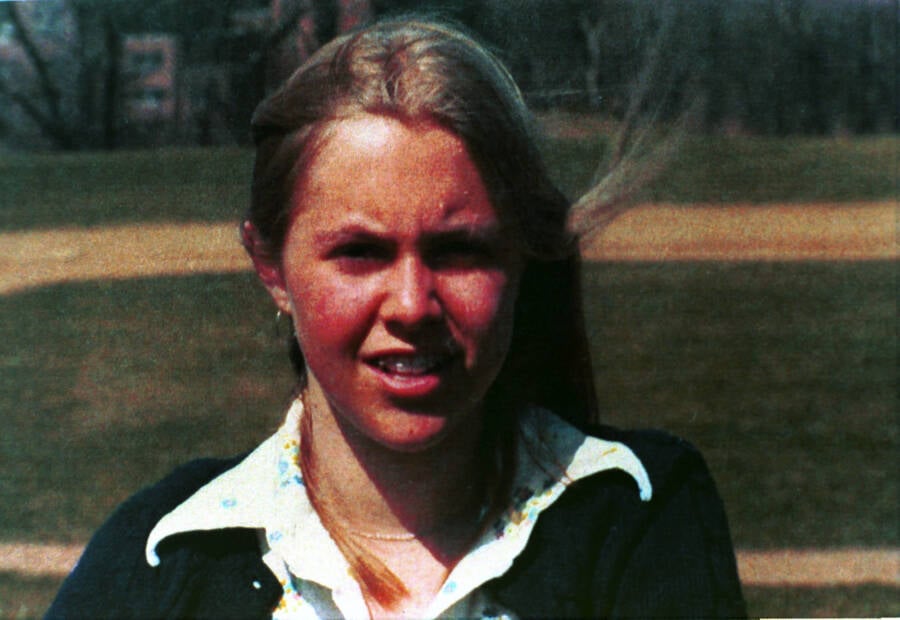
Erik Freeland/Corbis via Getty ImagesMartha Moxley is pictured here in 1974. She’s 14 at the time. The next year she was murdered in a case that remains maddeningly unsolved today.
Skakel ultimately served 11 years for the crime and was released when his conviction was overturned in 2013. But to this day his guilt remains in question. Indeed, many believe that justice has not been served and prosecutors are still trying to return Skakel to prison.
But to understand this maddening case, we must start at the very beginning.
Who Was Martha Moxley?
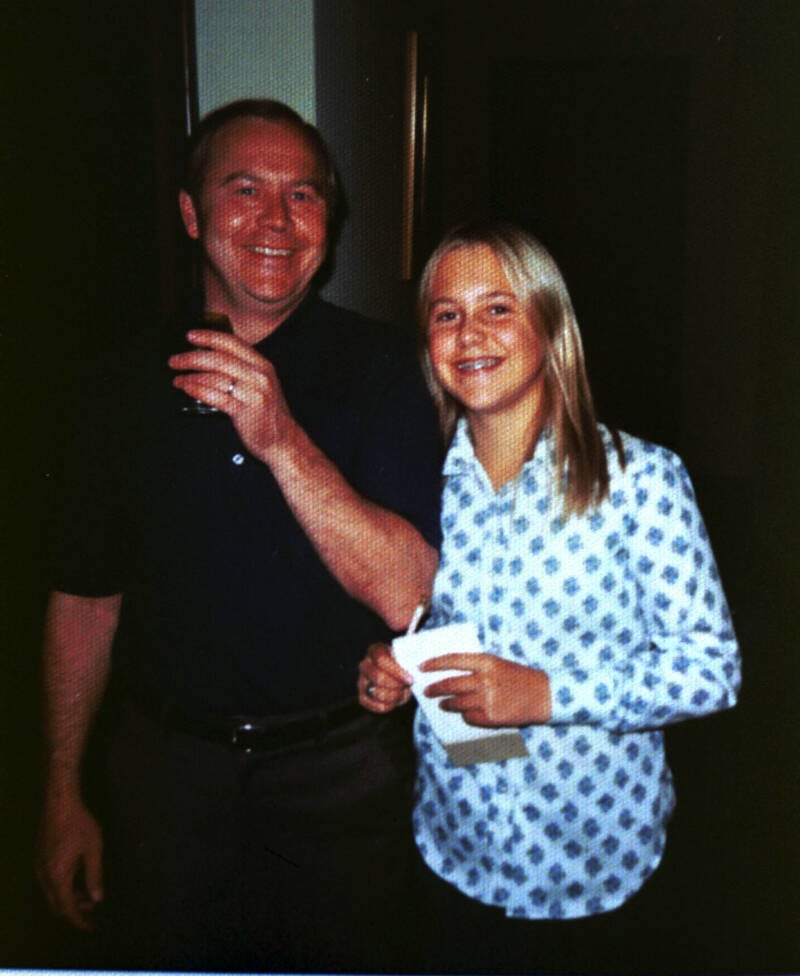
Erik Freeland/Corbis via Getty Images)Martha Moxley at 13 with her father David Moxley shortly before their fateful move to Belle Haven, Connecticut.
Martha Elizabeth Moxley was born on Aug. 30, 1960. She grew up in Piedmont, California, with her parents and older brother John. In 1974, the Moxley family relocated to Belle Haven, an affluent neighborhood in Greenwich, Connecticut.
“It was one of these neighborhoods, the kids could just go meet people…very safe,” Moxley’s mother Dorthy recalled.
Moving across the country did not faze the teenager. Voted “Best Personality” in middle school, she easily made new friends. A straight-A student and basketball player, Moxley seemed to have everything going for her.
That is until Halloween 1975.
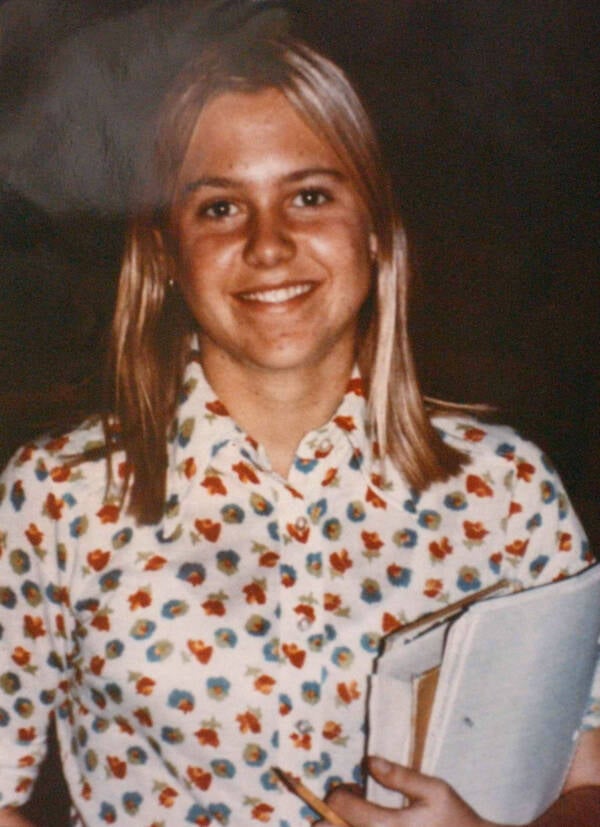
Pool Photo/Getty ImagesMartha Moxley’s mother, Dorothy, said she didn’t even know her daughter had befriended the Skakel boys.
Martha Moxley’s Friendship With Thomas And Michael Skakel
Michael and Thomas Skakel are the nephews of Ethel Skakel and her husband, Robert F. Kennedy, the brother of President John F. Kennedy.
Ethel Skakel’s brother Rushton and his wife Anne had seven children. Among them are Thomas and Michael Skakel, who knew Moxley and were 17 and 15-years-old, respectively, at the time of her murder in 1975.
The Skakels were far from a happy family; Michael Skakel would later cite “chronic illness, alcoholism and a repressive Catholic moral and sexual outlook” as persistent causes for household turmoil.
In 1973, Anne Skakel died of brain cancer, Rushton Skakel’s alcoholism worsened, and he regularly left the children home alone with insufficient supervision and unlimited funds. Michael Skakel expressed that “an even more intense level of chaos came to rule our household” as a result of his mother’s death.
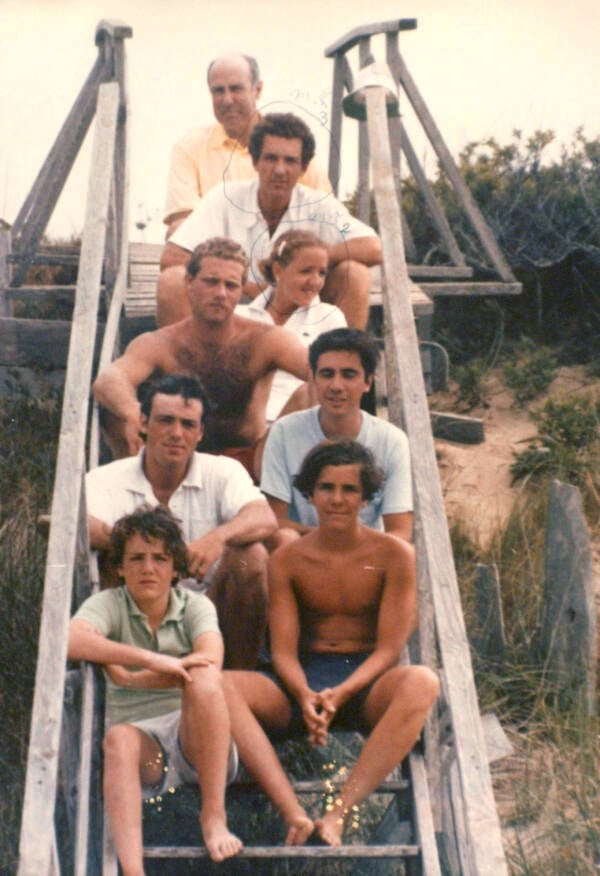
Pool Photo/Getty ImagesA Skakel family photo. Michael’s father Rushton is pictured at the top of the stairs, followed by his brother Rushton Jr., his sister Julie, his brother Thomas who is without a shirt, and Michael below Thomas, on the left.
The Moxley’s lived just 150 yards from the Skakels, which had a constant stream of teenagers coming and going thanks to the lack of parental supervision.
A Motive For Murder?
According to Martha Moxley’s diary, in which she made many references to Tom and Michael Skakel, the teenager had mixed feelings about some advances she had begun to receive from Tom Skakel. On September 12, 1975, she wrote:
“Dear Diary…Me, Jackie, Michael, Tom, Hope, Maureen & Andra went driving in Tom’s car…I was practically sitting on Tom’s lap ’cause I was only steering. He kept putting his hand on my knee…Then I was driving again & Tom put his arm around me. He kept doing stuff like that.”
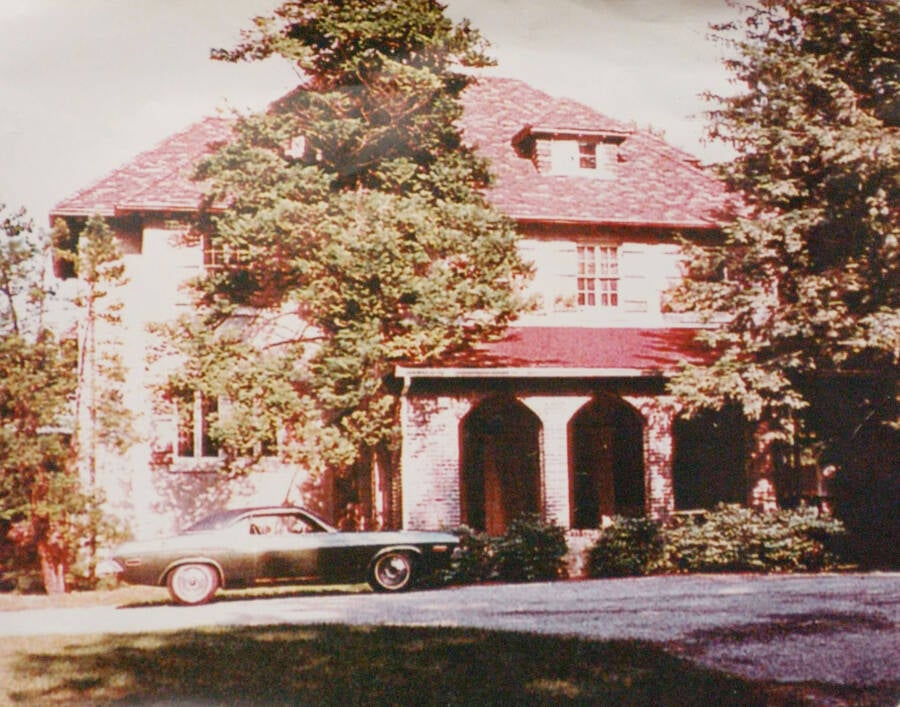
Pool Photo/Getty ImagesThe exterior of Moxley’s Belle Haven home.
Moxley also expressed frustration over Michael Skakel in her diary. In an entry from September 19, 1975, she wrote:
“Michael was so totally out of it that he was being a real asshole in his actions & words. He kept telling me that I was leading Tom on when I don’t like him (except as a friend). I said, well how about you and Jackie? You keep telling me that you don’t like her & you’re all over her. He doesn’t understand that he can be nice to her without hanging all over her.”
These entries would later be used by the prosecution in Michael Skakel’s trial.
A Nightmare On Halloween

oxygen.comMartha Moxley’s diary entry from September 19, 1975. Moxley regularly wrote entries in her diary in the months leading up to her murder.
The night before Halloween was known to Greenwich teens as “Mischief Night,” an evening when youths roamed the streets playing pranks. Traditionally, the evening never resulted in anything more serious than a toilet-papered lawn.
On Mischief Night of 1975, though, this changed.
Moxley had gone out with her friends that evening. When she had not returned home by four in the morning, her mother called her friends.
Dorthy Moxley kept calling around when the next morning her daughter had still not returned.
Another friend of Moxley’s told Dorthy that she had last seen the teenager with Tom Skakel the night before. When Dorthy knocked on the Skakels’ door that day, Michael Skakel answered and informed her that he had not seen her daughter
Not long after noon, Martha Moxley’s friend Sheila made a gruesome discovery. Lying facedown under a large pine tree at the edge of the Moxley property was the missing teen.
Her clothing was bloodstained and her jeans and underwear were pulled down to her ankles, though no evidence of sexual assault was ever found.
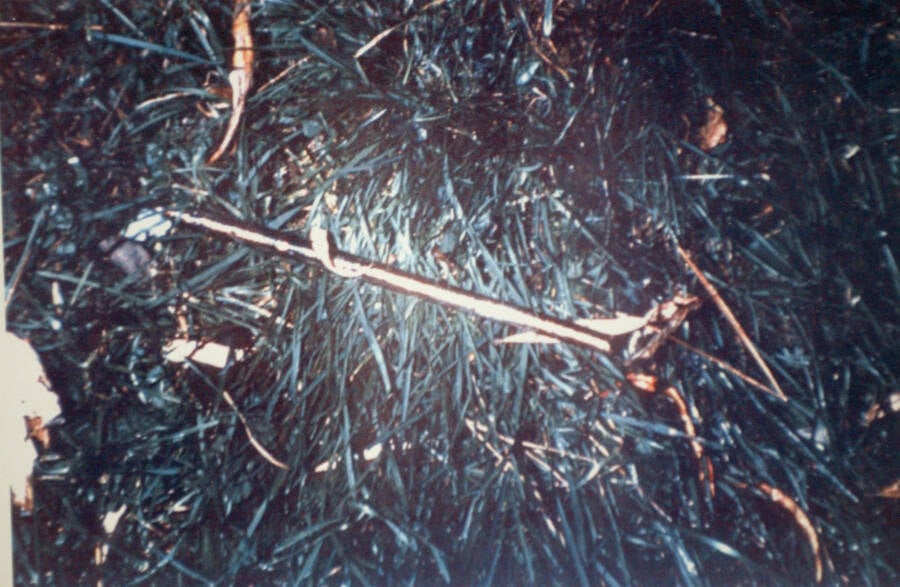
Pool Photo/Getty ImagesMartha Moxley was bludgeoned so violently with a golf club that the shaft of the club, pictured here, broke on impact.
A six-iron golf club lay near the teen and had been used to strike Moxley repeatedly. The impact was so forceful the club broke into three pieces. Moxley had also been stabbed in the neck with one of the club’s broken fragments.
Investigating Michael Skakel
Investigators quickly discovered that a matching Toney Penna club in the Skakel home was missing pieces that matched those fragments at Moxley’s murder scene. The broken club in the Skakel home had Anne Skakel’s name engraved on the handle.
Naturally, detectives focused their investigation on Tom Skakel as he was the last person to have reportedly seen Moxley alive.
When questioned, Tom Skakel told detectives that he last saw Moxley around 9:30 p.m outside his house. He said goodbye to her and went inside where he watched The French Connection with the family’s new live-in tutor Kenneth Littleton.
He then went to his room to work on a school report on Abraham Lincoln. His teachers, however, denied ever having given this assignment. Tom Moxley was eventually given a lie detector test, which he passed. No charges were ever brought against him.
Kenneth Littleton was also investigated in the fall of 1976. Littleton reportedly had no idea who Martha Moxley was. The night she was murdered was his first night at the Skakel home. Although he failed several lie detector tests, Littleton was never charged in connection with the case.
Detectives believed that Moxley had been bludgeoned from behind around 10 PM. When questioned about his whereabouts that night, Michael Skakel told detectives that he had left his house around 9:15 PM and drove to his cousin’s, returning around 11 PM.
Then the case then went cold for nearly two decades.

Pool Photo/Getty ImagesA Skakel family photo.
A Strange And Sordid Twist
In 1991, Martha Moxley’s case was reopened after a rumor that another Kennedy family member, William Smith Kennedy, may have been involved in the murder. The rumor was debunked, but the case was back in the spotlight.
This time Michael Skakel became a prime suspect.
This inquiry was prompted by Rushton Skakel, who had hired a private investigator to “clear his family name.” Privately, he hoped information would come out which would cast suspicion on other suspects, namely former suspect Kenneth Littleton. However, his plan completely backfired.
There were two private investigators involved, Jim Murphy, a former FBI agent, and his assistant Willis “Billy” Krebs, a former NYPD lieutenant. When the two men interviewed Tom and Michael Skakel about their activities on the night of Moxley’s murder, it turned out both boys had lied to the police.
Tom Skakel disclosed that it was not 9:30 p.m. when he last saw Martha outside his house, but actually closer to 10 PM. Also, before Tom went back inside, he and Martha engaged in mutual masturbation outside his home. According to Krebs, Skakel began to cry as he admitted this but his lawyer cut him off before any more could be said.
Meanwhile, Michael Skakel told the investigator that he did not go to bed when he arrived home from his cousin’s around 11 PM. He had actually climbed a tree outside Martha Moxley’s bedroom window and masturbated.
Author and journalist Dominik Dunne got a hold of the investigators’ report and passed it on to State Inspector Frank Garr, who had previously been a detective on the case. He had always been suspicious of Michael Skakel, but his suspicions were dismissed. This report would give his theory new momentum.
The Trial For Martha Moxley’s Murder
In 1998, a one-man grand jury and an investigator were assigned to review the case of Martha Moxley. Upon examining the evidence, Judge George N. Thim ruled that there was enough to charge Michael Skakel with her murder.
Several former schoolmates of Skakel’s testified that while they were attending Elan School (a specialty school aimed at rehabilitating troubled youths), Skakel had even confessed to them.
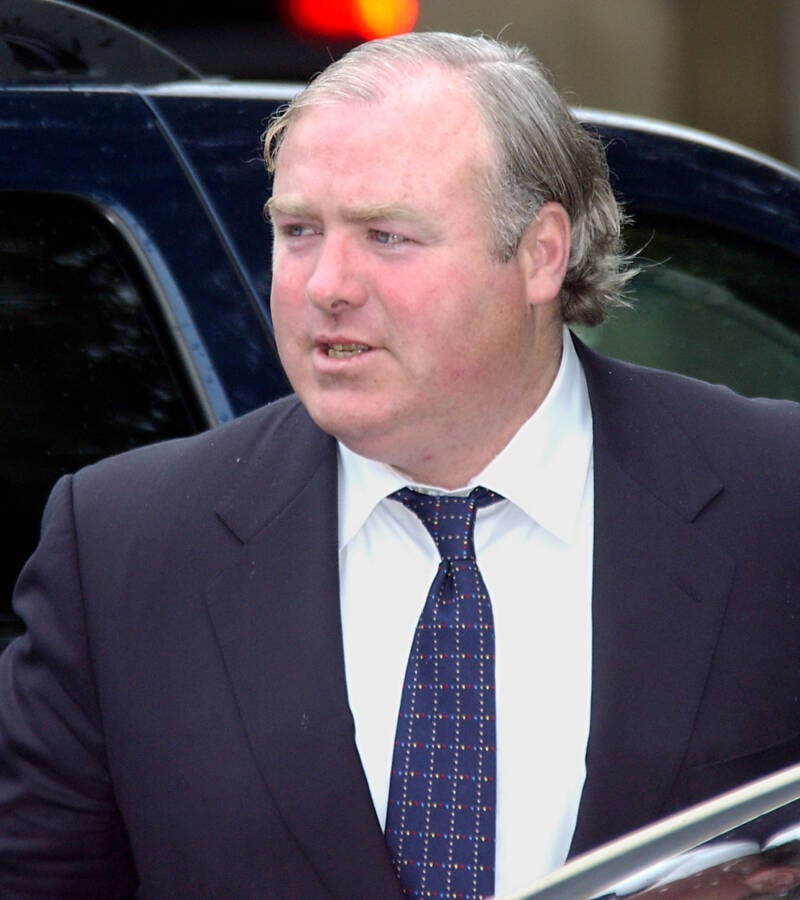
Getty ImagesMochael Skakel arrives in court in 2002.
One former schoolmate, Gregory Coleman, testified in the pre-trial hearing in June 2000, that Skakel told him that “I am going to get away with murder, I am a Kennedy.”
Coleman went on to say that “He [Skakel] had made a comment that he was trying to make advances towards this girl and that this girl was not complying with those advances and thus he drove her skull in.”
However, Coleman did not return to testify in Skakel’s murder trial in 2002, as he died in August 2001 of a heroin overdose.
Michael Skakel’s Autobiography Becomes Evidence
In 1997, Skakel made recordings with a ghost-writer, Richard Hoffman, for his autobiography, Dead Man Talking: A Kennedy Cousin Comes Clean.
One recording played during the trial was particularly damning. Skakel said that the night of Moxley’s murder, he was drunk, had been smoking marijuana, and was sexually aroused.
When Dorthy Moxley came to his door that morning, Skakel panicked. He said on the recording: “I was still high from the night before, a little drunk.”
He reported having thought to himself, “Did they see me last night?” Skakel claimed he was worried he’d been spotted by the Moxley’s masturbating in their tree, but prosecutors argued that Skakel was actually referring to being seen beating Moxley with the golf club.
The counterargument from Skakel’s defense was that there was no physical evidence to convict Skakel and that he had an alibi for the timeframe in which Moxley was murdered.
Nonetheless, the prosecution painted a picture of a jealous teen, infuriated after being rejected by his crush, under the influence of drugs and alcohol, with access to the murder weapon.
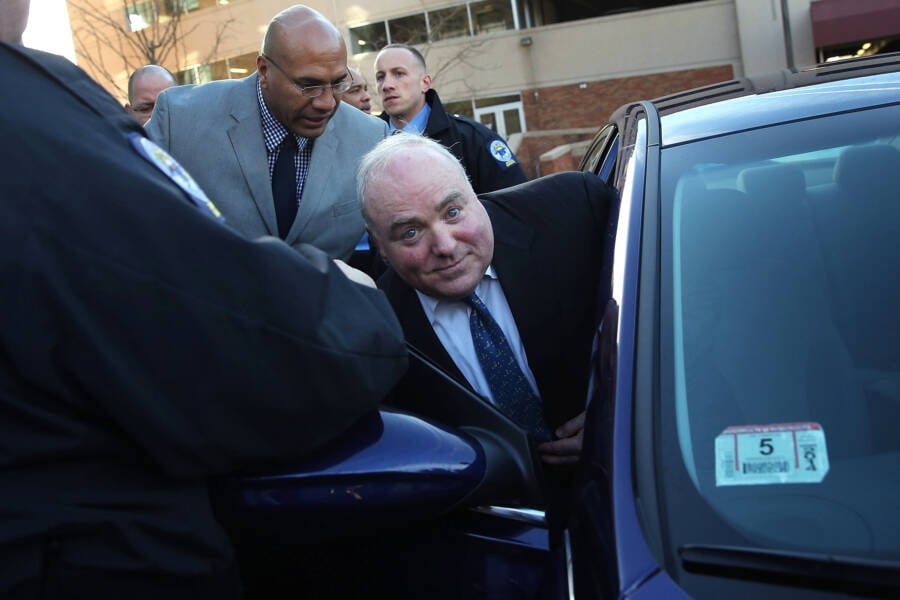
Spencer Platt/Getty ImagesMichael Skakel smiles in 2013 following the vacation of his trial.
On June 7, 2002, the jury came back with a guilty verdict. Skakel was sentenced to 20 years to life in prison.
Innocent Or Just Privileged?
While Skakel was in prison, his lawyers and supporters fought for his conviction to be overturned. Four appeals were filed, all of which were denied.
Then, on October 23, 2013, Skakel was granted a new trial on the basis that his defense attorney, Mickey Sherman, provided him with “constitutionally deficient” representation. As a result, Skakel was released on $1.2 million bail on November 21, 2013.
Prosecutors fought tirelessly to have Skakel’s conviction reinstated, and succeeded in December 2016 when Connecticut’s Supreme Court ruled in a four-to-three decision that his representation was, in fact, valid.
But the case didn’t close there. In May 2018, the Court reversed its ruling with yet another four-to-three decision, concluding that Skakel’s representative Mickey Sherman failed to provide evidence of Michael’s alibi during the original trial.
Prosecutors still have the option to retry Skakel but will certainly have difficulty doing so due to deceased witnesses and other problems.
Guilty To Some, Innocent To Others
To this day, Martha Moxley’s mother and brother John believe that Skakel is guilty.
Dorthy Moxley, in particular, is convinced that Skakel’s wealth and powerful connections are the reasons why he is free today.
“The state of Connecticut had a very, very, very good case, and we absolutely know who killed Martha,” she asserted.
“If Michael Skakel came from a poor family, this would have been over. But because he comes from a family of means they’ve stretched this out all these years.”
Yet, there are also people who believe Skakel is innocent, such as his cousin Robert F. Kennedy Jr., who wrote a book entitled Framed: Why Michael Skakel Spent Over a Decade in Prison for a Murder He Didn’t Commit in 2016.
In the introduction, Kennedy writes: “A cyclone of media malpractice consolidated the perfect storm of greed and ambition that ended in Michael’s imprisonment. His conviction was a failure of the legal system.”
Michael Skakel remains free as of December 2019.
After reading about Michael Skakel and the murder of Martha Moxley, read about the case of Jerry Westrom, who was linked to a 1993 murder in 2019 through DNA evidence. Then, read about the story of the hospital worker who killed as many as 70 people.





